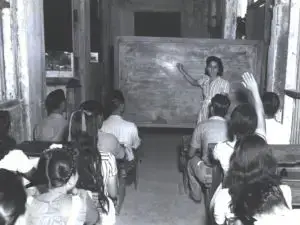
Education After WWII
Following World War II, the people of Guam faced not only the looming reconstruction of community structures and homes, but also institutional and cultural change.

Following World War II, the people of Guam faced not only the looming reconstruction of community structures and homes, but also institutional and cultural change.
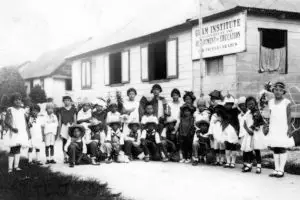
In 1985, 96 years after his birth on 5 August 1889, in the capital city of Laoag in the province of Ilocos Norte, Philippines, Nieves
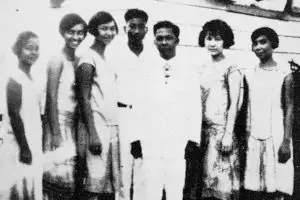
Since Governor Richard P. Leary, US Navy, issued General Order No. 12 on 22 January 1900—the development of public education in Guam — administrative policy
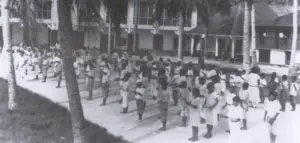
As a result of America’s victory in the Spanish-American War, Spain sold Guam to the United States in 1898. Before long, it was determined that
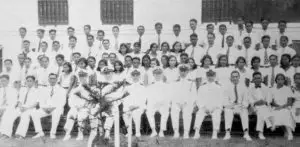
Following the Treaty of Paris in 1899 that ended the four-month Spanish-American War, the United States emerged as a colonial nation and Pacific power. American
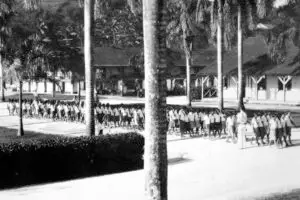
When Captain Richard Leary arrived in Guam in 1899 to initiate American rule under the US Navy, he found a population that was relatively literate.
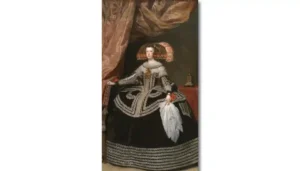
During most of the Spanish administration of the Mariana Islands (1668-1898), Spain provided a subsidy or situado to cover the administrative costs associated with the
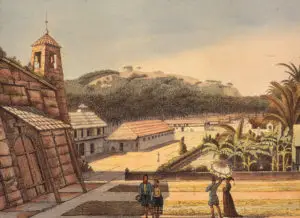
The Christianization of the Marianas began under the direction of Jesuit priest Diego Luis de San Vitores in 1668. In addition to evangelization in the
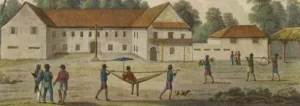
Brother Fray Manuel de San Juan Bautista was a lay brother of the Order of the Augustinian Recollects (OAR).
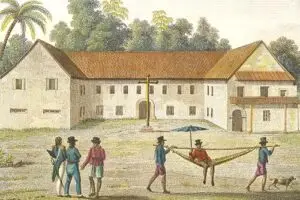
In addition to the evangelization of the Mariana Islands, the Jesuits introduced a European system of education to Chamorros. The Colegio de San Juan de